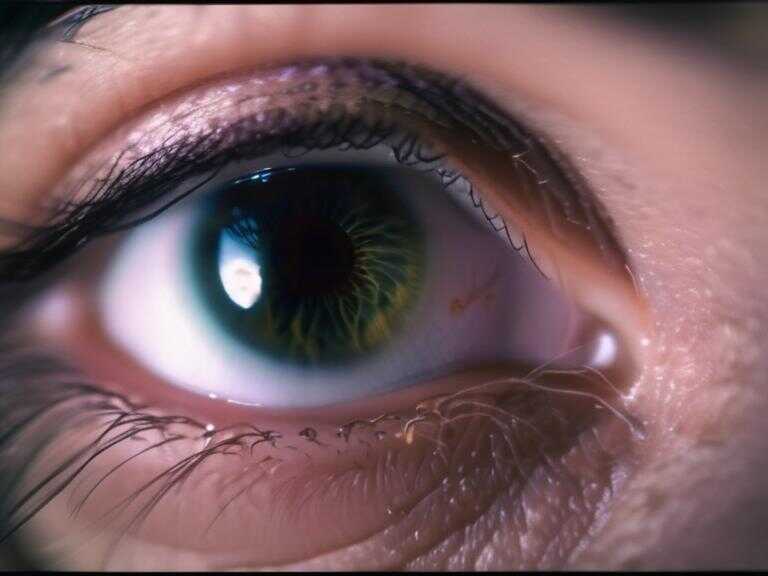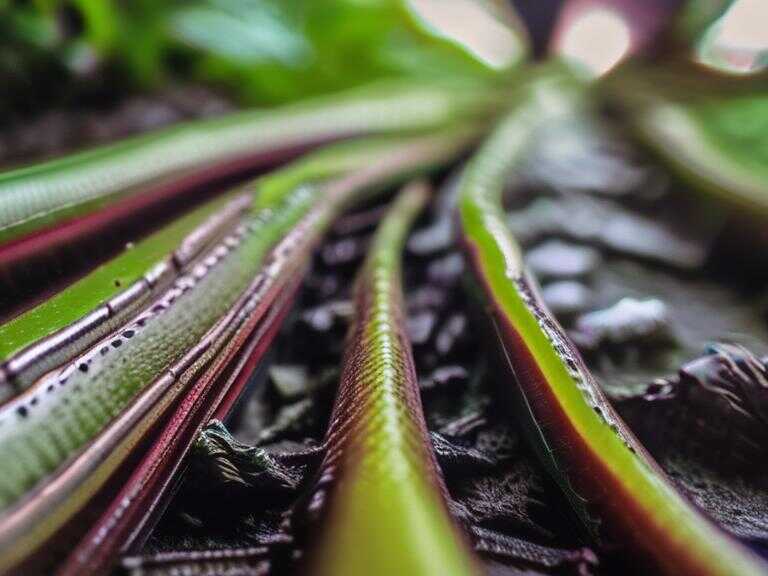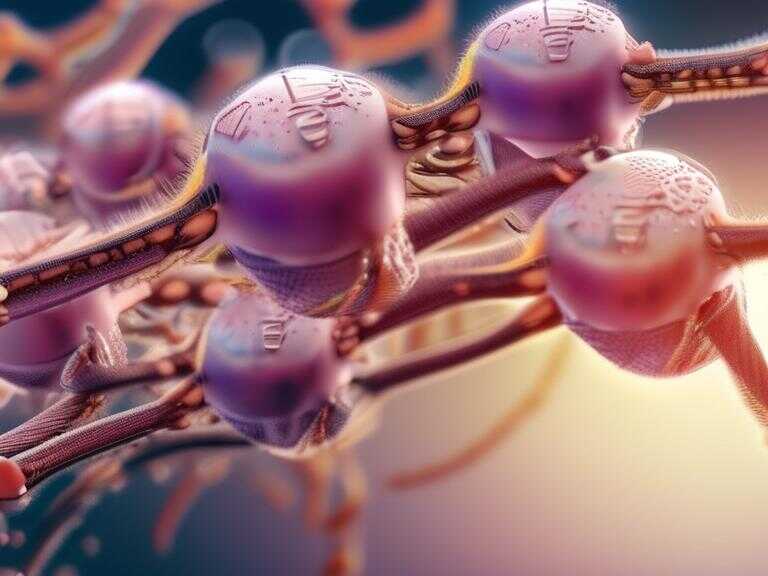
Science Teacher Embraces Outdoor Learning for Students' Success
Amanda Gladys is a science teacher who brings her classroom outdoors, using nature-based learning to enhance student engagement and understanding.

Amanda Gladys' passion for the outdoors extends far beyond casual hikes. It permeates her teaching at Walhalla High School, where she seamlessly integrates real-world learning experiences into her science curriculum. From planting native vegetation to mitigate shoreline erosion to conducting water quality tests at Station Cove Falls in Oconee County, Gladys transforms her classroom into an engaging outdoor laboratory.
Embracing Outdoor Learning
As a doctoral student in the College of Education's teaching and learning program, Gladys is committed to applying, communicating, and disseminating the knowledge she's gained through both her program and years of experience. She actively seeks opportunities to connect with nature and utilize it as a powerful educational tool. Her efforts have been significantly enhanced through her partnership with Green Steps, a program designed to empower South Carolina schools in establishing sustainability projects that foster student engagement and real-world application.
The Power of Real-World Learning
Gladys' doctoral studies have not only enriched her teaching practices but have also strengthened her involvement in Green Steps. The synergy between the two has allowed her to design an entire district-approved course centered around Green Steps criteria and activities, providing students with hands-on learning experiences such as the water quality testing at Station Cove Falls.
The water quality test Gladys led in April perfectly exemplified Green Steps' "protect" category. Through Gladys' training, all students in the class became Adopt-a-Stream Certified Volunteers, equipped to enter sampling data obtained in the field into a citizen science online database that meticulously tracks water quality. Students diligently measure factors such as dissolved oxygen, pH levels, and water transparency to determine the overall quality of the water.
The learning process extends beyond simply inputting and interpreting data. Students are also required to report their findings to classmates and other students at Walhalla High School. This "teach" component empowers students to take ownership of their learning and effectively communicate their understanding to others, fostering deeper comprehension and critical thinking.
"The teach component really requires students to take responsibility for their own learning," Gladys explained. "Any time students have to teach what they've learned to another student or a parent or an administrator, that truly transforms their understanding."
Gladys' participation in the teaching and learning Ph.D. program has exposed her to a wealth of peer-reviewed research in outdoor learning and faculty who specialize in this area of teaching and research. She has gained valuable insights into the numerous benefits of her preferred teaching method, further solidifying her conviction and equipping her to effectively advocate for it among fellow educators and administrators.
The program also provides Gladys with a platform to share her expertise and inspire other educators. Julianne Wenner, an associate professor in the College of Education and an instructor in the teaching and learning program, recognizes Gladys' unique perspective as a place-based educator and its potential to ignite "ah-ha" moments for those who may not have had extensive experience with outdoor learning.
"Amanda makes sure that her students connect with the outdoors and not just learn outdoors," Wenner emphasized. "She gets to know their strengths and builds on those; I know she pushes her students as much as she pushes herself, but she has found a really effective way to build relationships with them."
A Teacher's Passion for Connection
Gladys' commitment to outdoor learning is evident in her biology class this fall. Even when planning indoor lessons, her students eagerly anticipate outdoor experiences, prompting Gladys to say with a laugh, "We don't have that built in, but I'm sure we'll end up outside." Her natural teaching style thrives in a casual, outdoor setting, where she observes firsthand the transformative impact it has on her students.
She witnesses quiet, withdrawn students blossom into social butterflies on hiking trails and hesitant learners become confident initiators of activities. The dedication of her students is further exemplified by their volunteerism to maintain a garden they had planted months before, even after the school year ended.
"Teaching is about relationships as much as it is about concepts," Gladys affirmed. "Getting a real snapshot of who a student is as a person and learner makes establishing that relationship easier, and sometimes it's the only way to create that relationship. So, I don’t want to be outside as a teacher; I feel like I need to be."
Share news















